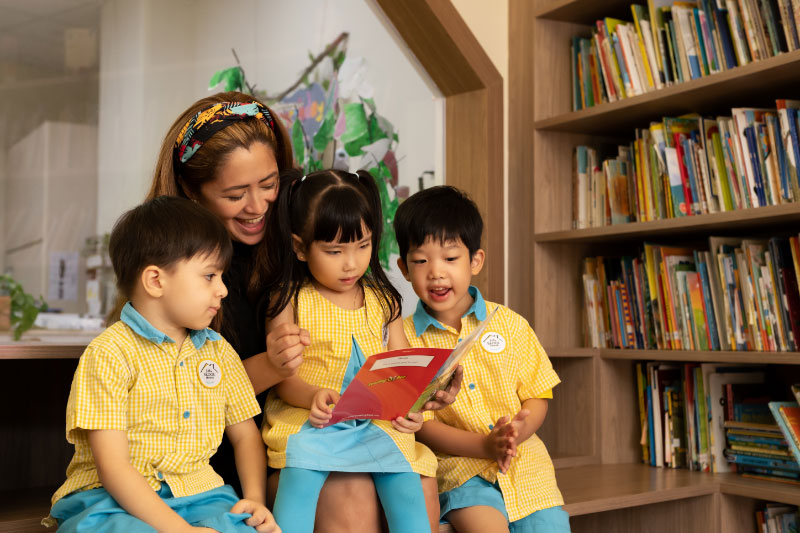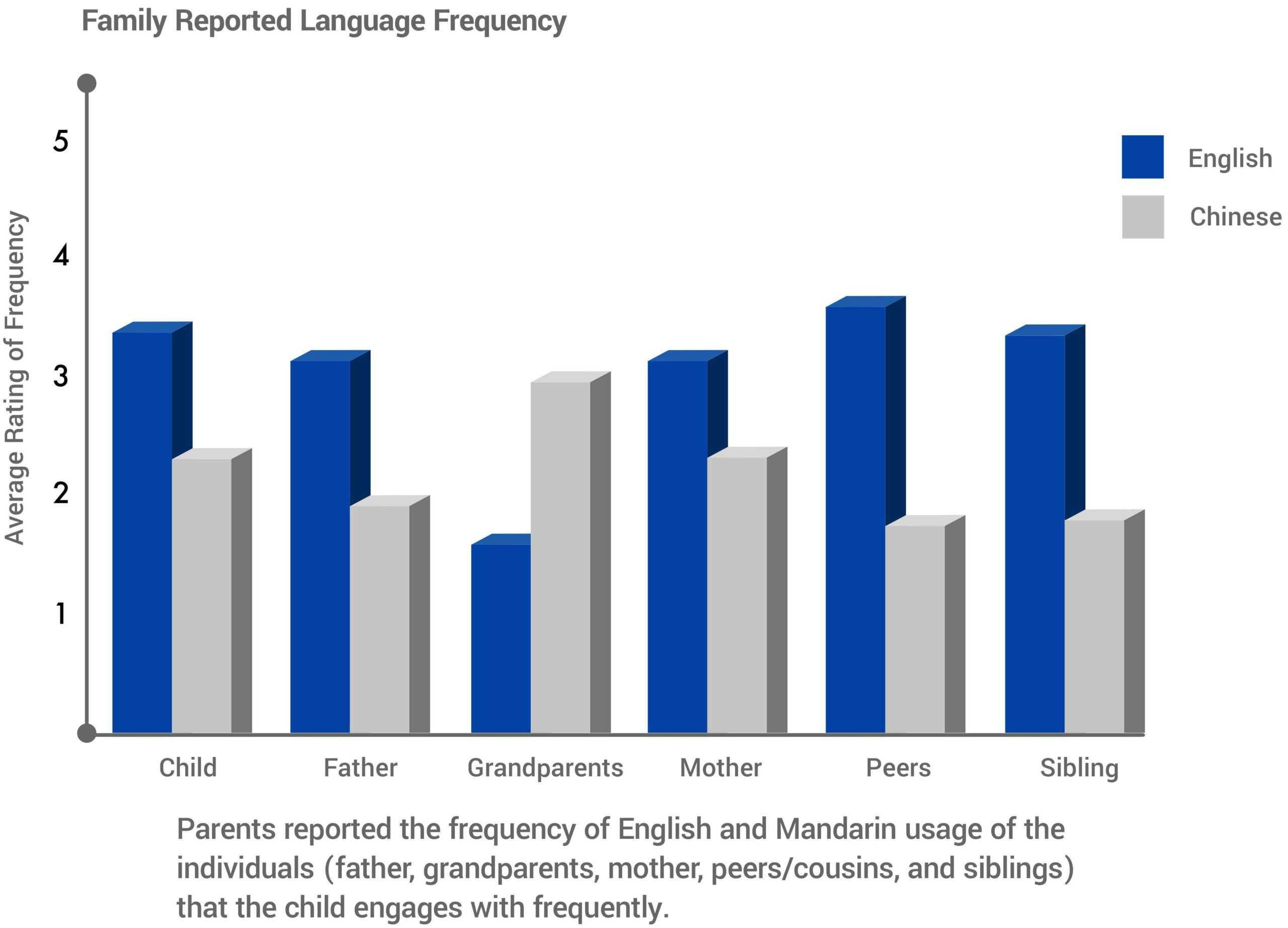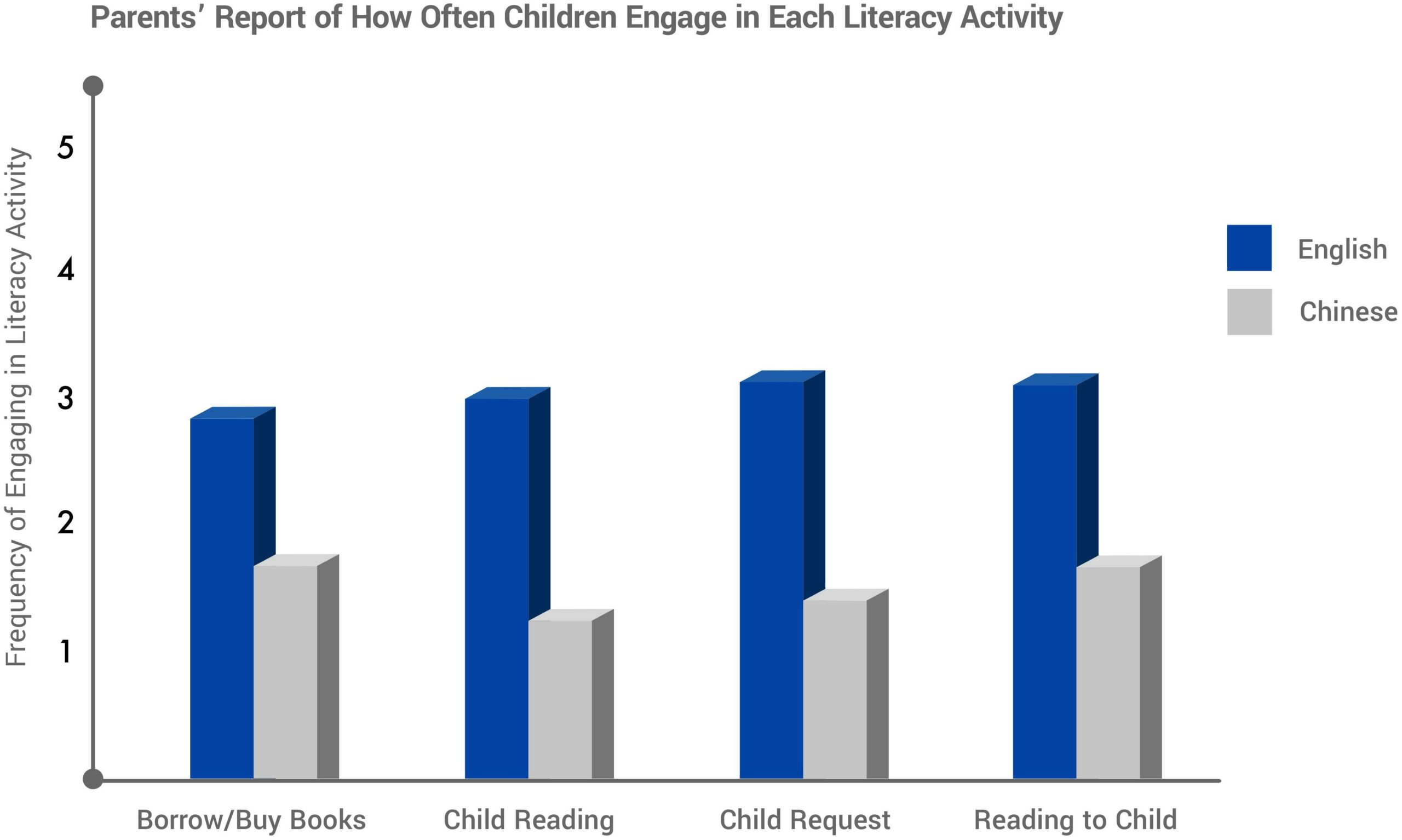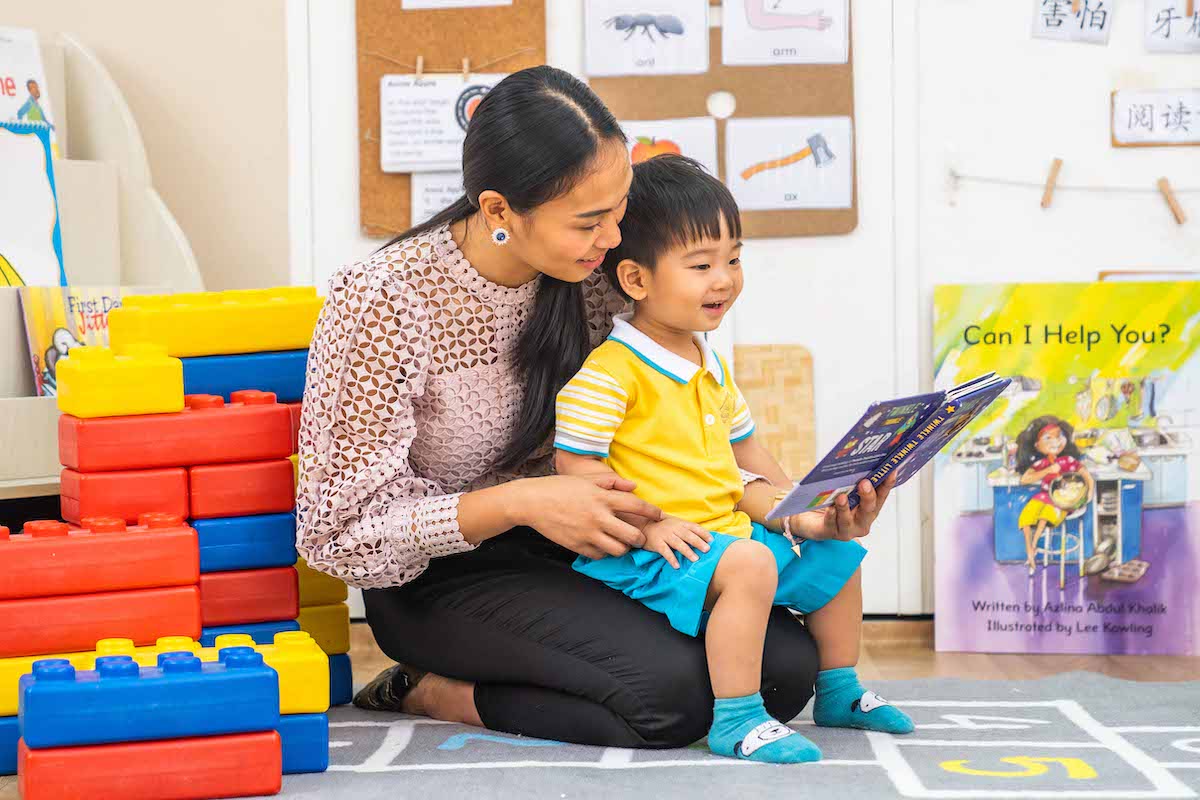This website uses cookies to personalise your experience and to analyse site traffic. By continuing to browse the site, you are agreeing to our terms. Please refer to our privacy policy here.
LITERACY DEVELOPMENT RESEARCH
BY NANYANG TECHNOLOGICAL UNIVERSITY
Little Skool-House curriculum builds a strong bilingual language foundation that helps 93% of their students achieve High Proficiency in both English and Mandarin.


93% High Proficiency in Both English and Mandarin
Noteworthy is that 78% of the children are from a predominantly English home literacy environment
Research Scope
Nanyang Technological University Assistant Professor Dr. Setoh Pei Pei (PhD, The University of Illinois), Director of the Early Cognition Laboratory, led a research team to measure the bilingual language development in children who were transiting from Kindergarten 2 to Primary School.
The objective of the research was to understand the impact of Little Skool-House’s literacy-based curriculum on bilingual proficiency (English and Mandarin).
A total of 68 children were involved in this study. The children had their English and Mandarin proficiencies measured at 2 intervals – once at the start of Kindergarten 2 in March/April 2018, and then again in October 2018, just before the end of Kindergarten 2.

What Does Language Proficiency Mean?
Language proficiency measures the proficiency of the individual in understanding, speaking, reading, and writing each language.
Linguists refer to this as expressive vocabulary and receptive vocabulary.
- Expressive vocabulary refers to the words that a person can express or produce, for example by speaking or writing.
- Receptive vocabulary refers to all the words that can be understood by a person, including spoken and written.

Benefits of Bilingual Proficiency
Bilingual children are able to navigate and interact more confidently in the world. Also, they are more likely to be exposed to more than one culture as compared to their monolingual peers, or peers who speak only a single language.
This encourages social open-mindedness as children see the world through the eyes of more than one culture.
Key Highlights of Research Findings
01.
93% High Proficiency in Both English and Mandarin
93% of Little Skool-House students achieved high proficiency in both English and Mandarin
- Little Skool-House children were first assessed in March-April 2018, 77% already achieved high proficiency in both English and Mandarin.
- This is despite the fact that 78% are from predominantly English-speaking households.
- By October 2018, the percentage of children with high proficiency in both English and Mandarin has further improved to 93%.
| Bilingual Profile | March-April 2018 | October 2018 |
|---|---|---|
| High English High Chinese | 76.8% | 92.6% |
| High English Low Chinese | 21.7% | 7.4% |
| Low English High Chinese | 0.0% | 0.0% |
| Low English Low Chinese | 1.4% | 0.0% |
02.
Receptive Vocabulary in Both English and Mandarin Increased in 5 Months
Little Skool-House students’ receptive vocabulary in both English and Mandarin increased in just 5 months
- Bilingual proficiency for both languages improved, despite the majority of children having started with just a strong English proficiency, and without any changes to their home literacy environment.
- A robust school curriculum and right teaching approach greatly impacts a child’s language proficiency.
- Bilingual language development is proven not to be a zero-sum game. Both languages can improve at the same time.
03.
Literacy Environments Matter
Pre-schools can support a child’s learning where family literacy environments fall short
- Although parents’ language frequency were the primary predictors of children’s vocabulary scores, children’s peer language frequency was also a positive predictor of their vocabulary development, but only at a later point in time.
- Language frequency both at home and in school is positively related to a child’s language proficiency. Teachers and schools can help supplement parents’ efforts by increasing the frequency in which English or Mandarin is spoken, both in the classroom and during activities.
- Little Skool-House curriculum and school environment enables the children to use both English and Mandarin in a functional manner – making it the ‘working and living’ language, thereby driving language proficiency in both English and Mandarin.

04.
Literacy Activities’ Positive Impact
Literacy activities such as reading and storytelling have a positive impact on a child’s vocabulary development, especially with mandarin
- Parents reported their home literacy environment is language unbalanced, whereby parents engage more frequently in English-based than Mandarin-based literacy activities.
- The chart below shows how often the child’s family was engaged in the following literacy activities: parents borrowing/buying books, child reading books, child requesting books, and parents reading books to the child. Across all four categories, parents reported to have engaged more in English literacy (blue) than Mandarin literacy (grey).

- Parents indicated they assumed their child did not read Chinese books because there were too many words that their child could not recognise. However, Chinese books are needed to learn Chinese characters.
- To achieve high proficiency in both languages, parents can work toward increasing the number of Chinese books that their child is exposed to.
Little Skool-House Mandarin Pedagogy
Little Skool-House’s literacy-based approach and Pedagogy for Enhanced Mandarin Acquisition enables students to be highly proficient bilingually in English and Mandarin.
This is achieved through ‘living’ the language (use of language for purposeful communication), rather than through rote memorization or completion of multiple worksheets.
THE THREE PILLARS OF
LITTLE SKOOL-HOUSE’S APPROACH
3 TIPS FOR PARENTS
MAKE EVERY OPPORTUNITY COUNT.
GIVE YOUR CHILD A HEADSTART IN BILINGUAL PROFICIENCY WITH SIMPLE ACTIONS.



